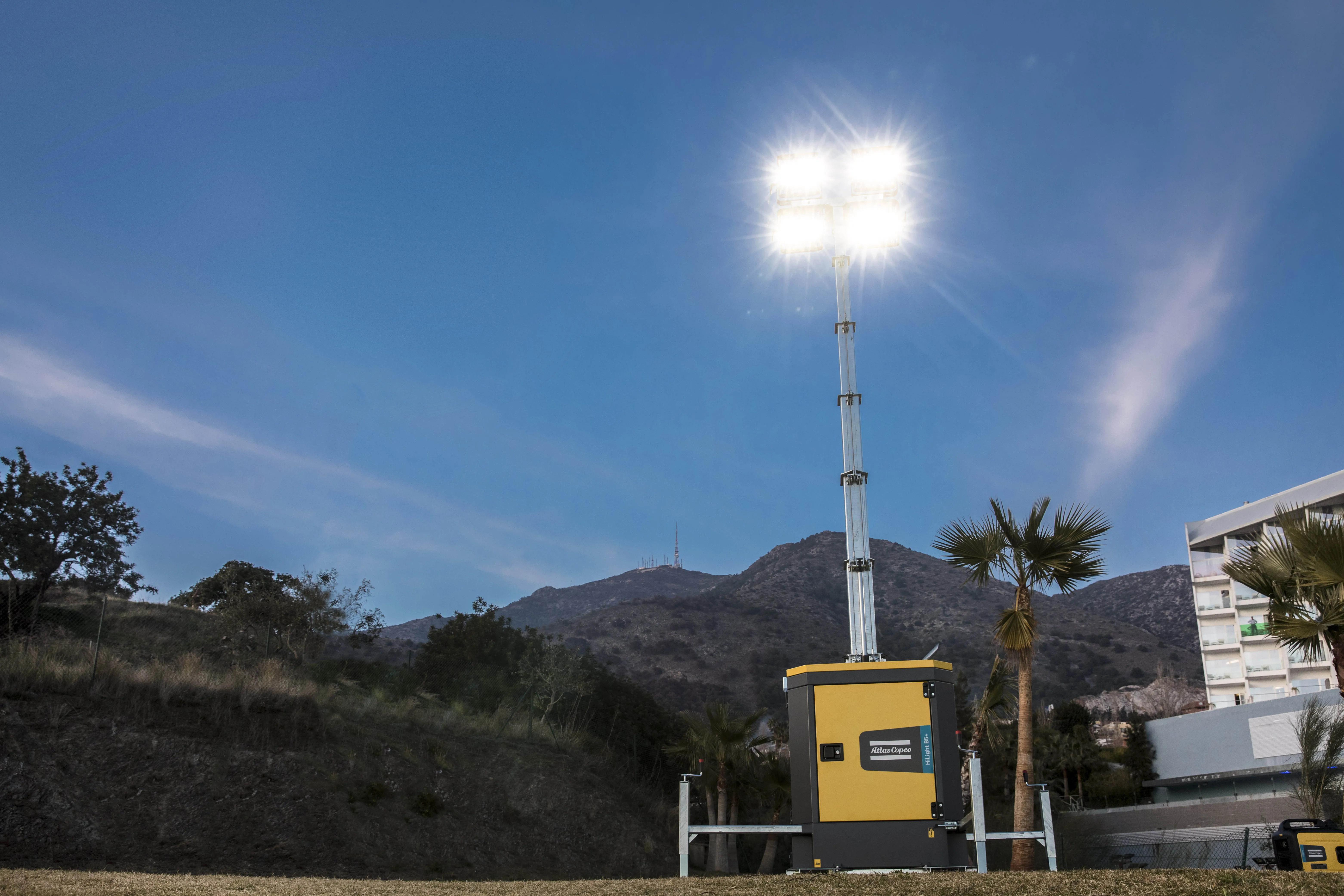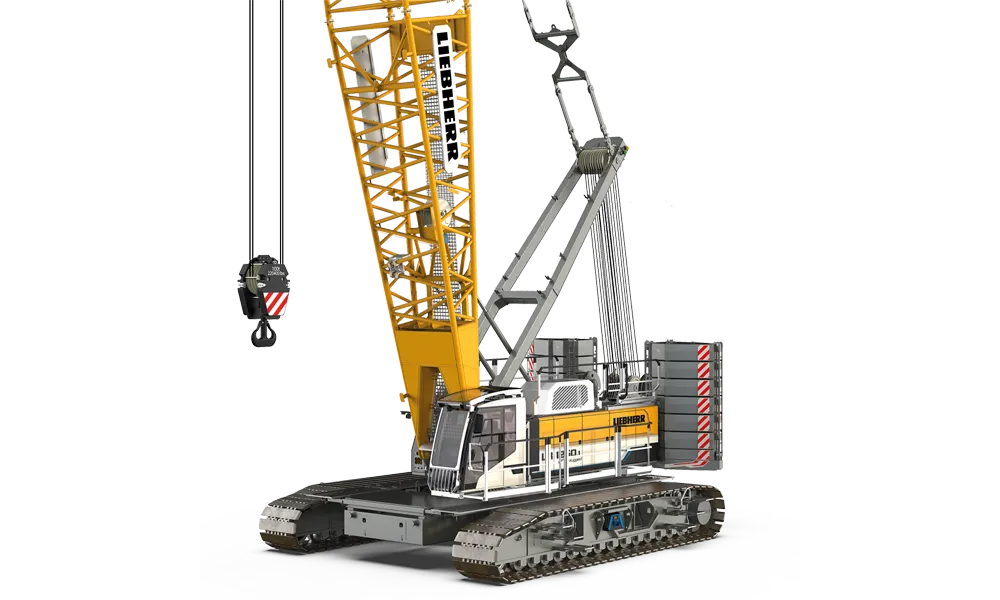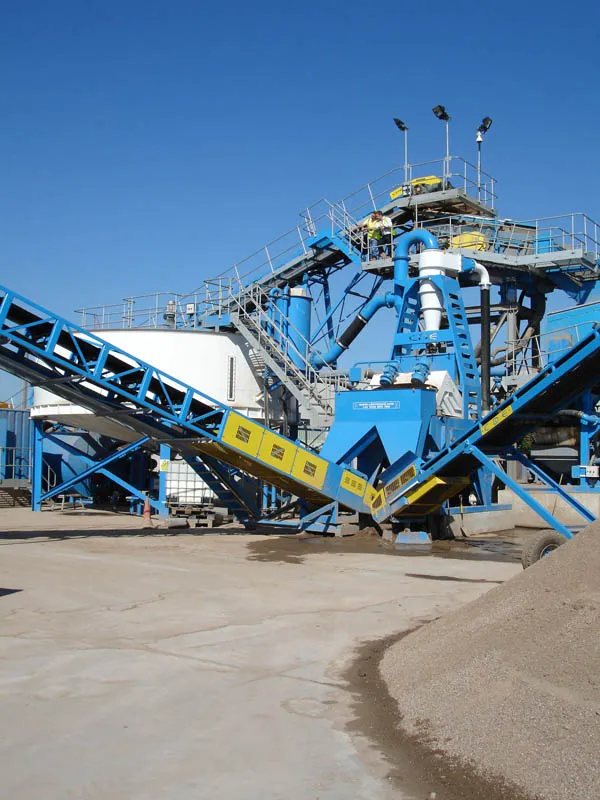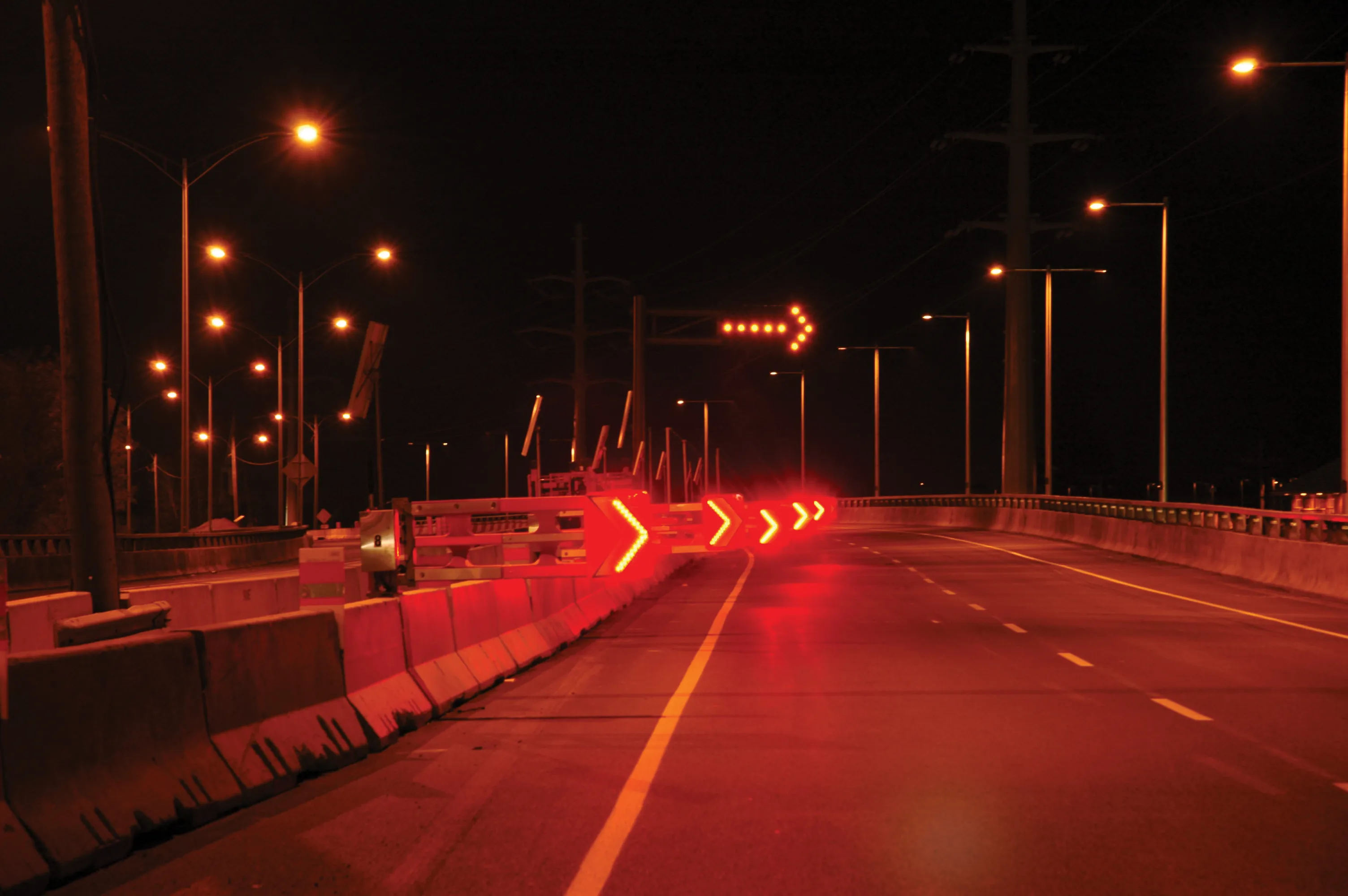
The firm says that this diesel-driven LED light tower is quiet when running, suiting it to use in urban and residential areas. With operating noise levels as low as 55dBA, the upgraded HiLight B5+ light tower is well-suited to providing illumination at construction sites located near residential areas.
“This is the quietest diesel-powered light tower available on the market to date,” claimed Félix Gómez, spokesperson for light towers from the
High lighting performance is provided with the HiLight B5+ light tower’s LED floodlights, which are capable of covering a 5,000m2 area at an average luminosity of 20luxes.
The system has also been designed for ease of maintenance and transport efficiency. The light tower only requires a simple service after 600 hours of operation, with the procedure made easier thanks to wide access doors and the simplified layout of key internal components. Movement between job sites is also simplified, as the compact dimensions of the light towers means that up to 22 HiLight B5+ units can be transported on a single 13m truck.
The HiLight B5+ will be able to be equipped with a new innovation for light towers called the SmartMast. The proprietary technology from Atlas Copco features intelligent in-built sensors that detect adverse environmental conditions, such as high winds, and will automatically lower the vertical mast when safety or stability is compromised. It is also programmed to alert end users to potential obstacles and impacts. Furthermore, it provides stability assistance when installing the light tower, by flagging up irregular surfaces and floors to ensure safe siting.
In response to market demand, the SmartMast utilises dimmable LED floodlights, which can be used to adjust luminosity with regards to lux, in a workplace. This combines with the other features to ensure the equipment, as well as personnel in proximity to the light tower, are protected.









